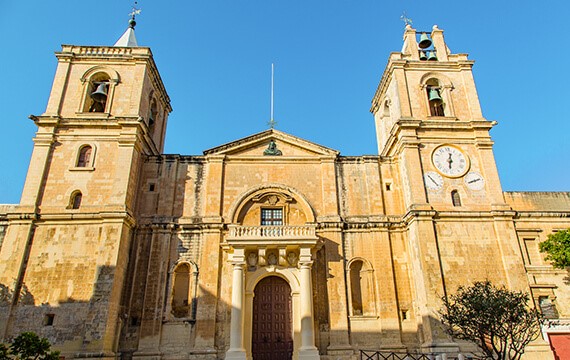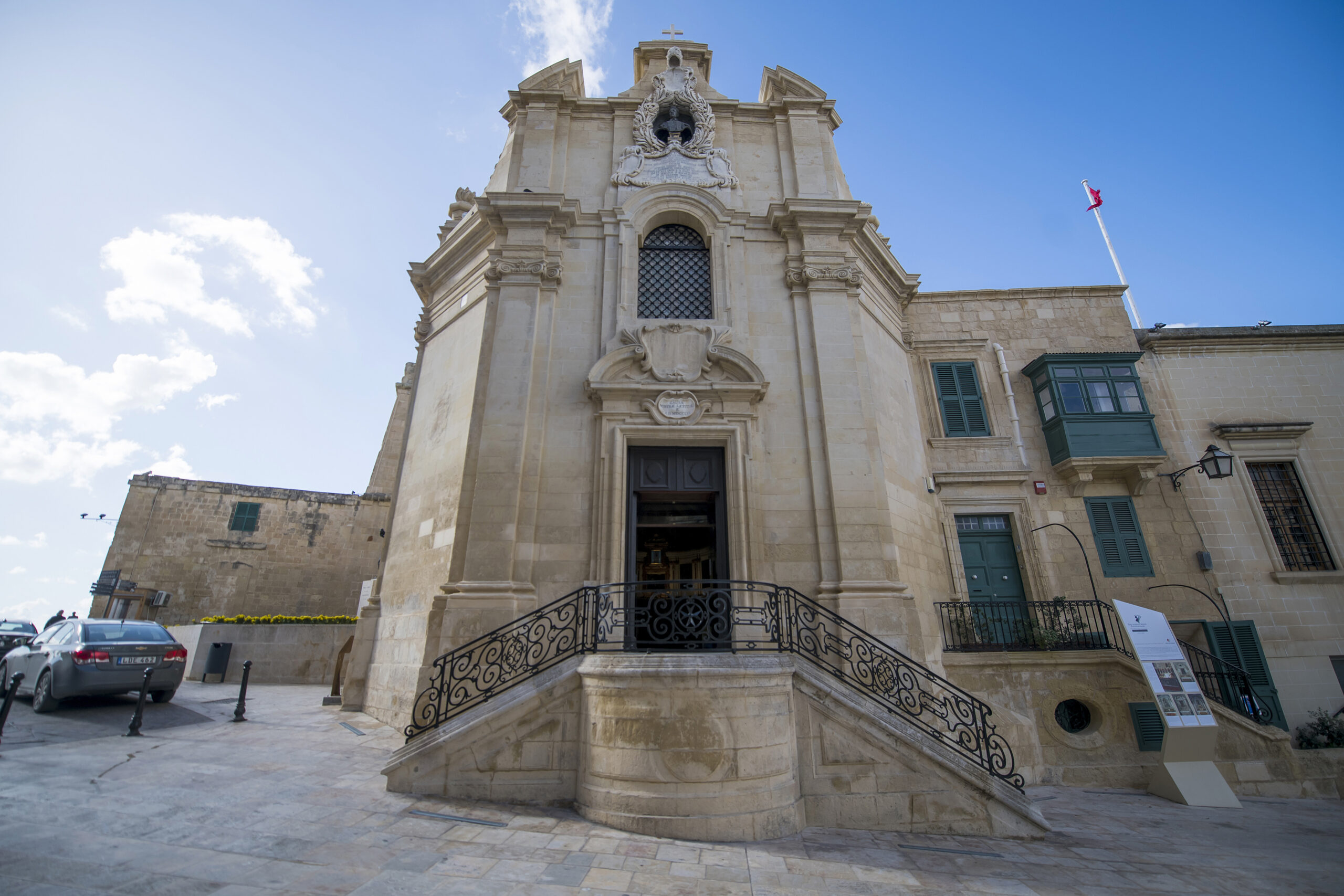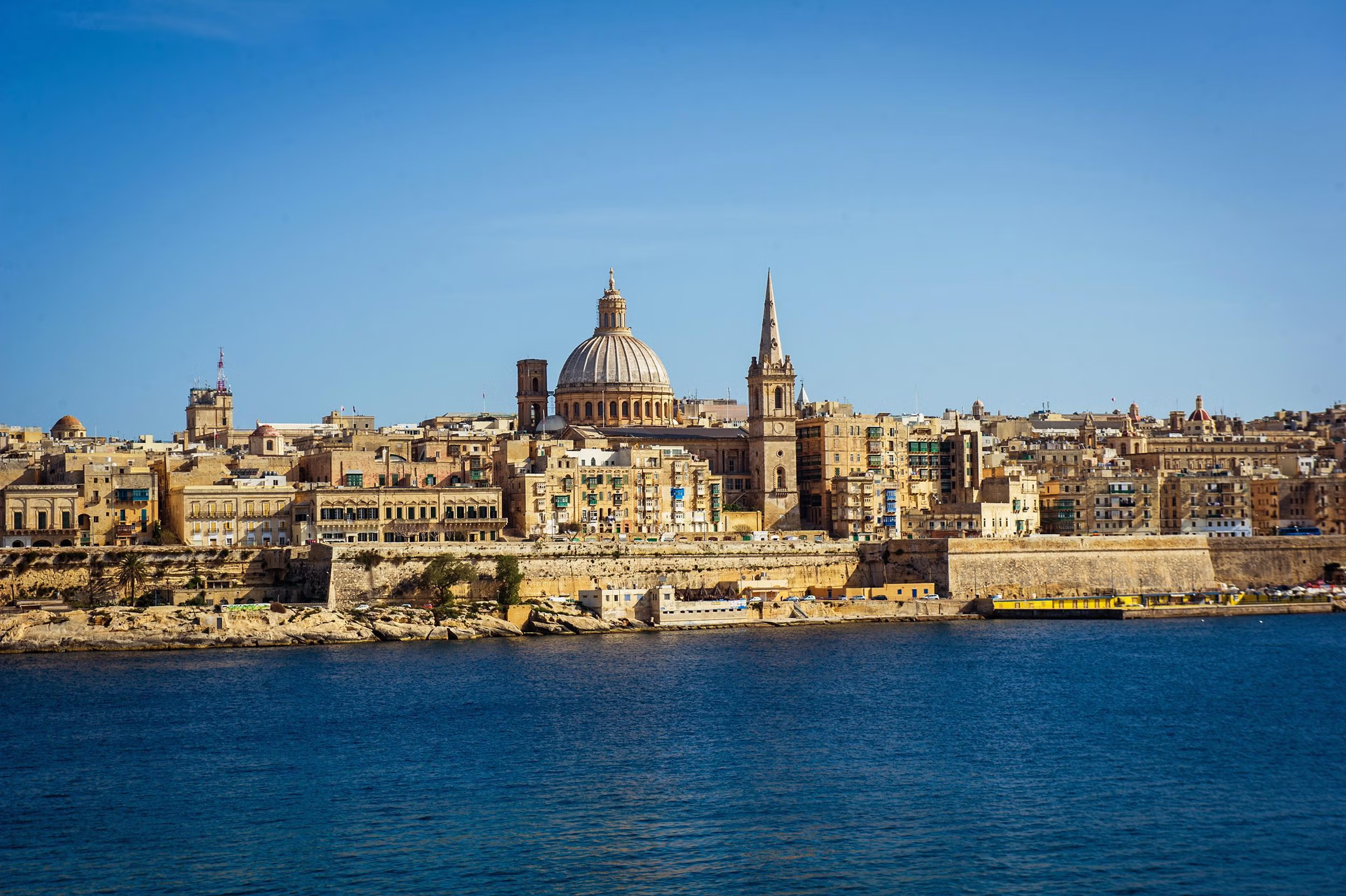Valletta is the capital city of Malta and one of its 68 council areas. Situated between the Grand Harbour to the east and Marsamxett Harbour to the west, it had a population of 5,157 as of 2021.
Despite its small size—just 0.61 square kilometres (0.24 sq mi)—Valletta is a bustling commercial hub, offering a range of shopping, dining, and entertainment options. It holds the distinction of being the southernmost capital of Europe and is known as the European Union’s smallest capital city.
:max_bytes(150000):strip_icc()/VallettaMaltaatsunset_SylvainSonnet_GettyImages-a89c3b61829a4057be48628eda613e04.jpg)
Valletta’s architectural landscape is a testament to its rich history, with many of its 16th-century buildings constructed by the Knights Hospitaller. The city owes its name to Jean Parisot de Valette, who successfully defended Malta from an Ottoman invasion during the Great Siege of Malta. Despite suffering significant damage during the Second World War, Valletta retains its Baroque charm, with elements of Mannerist, Neo-Classical, and Modern architecture.
In 1980, UNESCO recognized Valletta as a World Heritage Site, citing its 320 monuments packed within a compact area of just 0.55 square kilometres (0.21 sq mi). Often referred to as an “open-air museum,” Valletta was designated as the European Capital of Culture in 2018 and holds the title of Europe’s sunniest city as of 2016.


The city’s fortifications, characterized by bastions, curtains, and cavaliers, are a prominent feature, complemented by its exquisite Baroque palaces, gardens, and churches.

The idea of constructing a city on the Sciberras Peninsula was first suggested by the Order of Saint John in 1524. At that time, the only structure on the peninsula was a small watchtower dedicated to Saint Elmo, built in 1488. In 1552, the Aragonite watchtower was replaced by the larger Fort Saint Elmo.
During the Great Siege of 1565, Fort Saint Elmo was captured by the Ottomans but later reclaimed by the Order with the help of Sicilian reinforcements. Grand Master Jean de Valette, in recognition of the Order’s victory, initiated the construction of a fortified city on the Sciberras Peninsula, naming it La Valletta after himself.


Assisted by European kings and princes, including Pope Pius V and Philip II of Spain, Grand Master de Valette laid the foundation stone of the city on 28 March 1566. Francesco Laparelli, a renowned military architect, was commissioned to design the city, with construction overseen by his assistant Girolamo Cassar after Laparelli’s passing in 1570.

Unlike traditional Maltese architecture, which featured winding streets, Laparelli designed Valletta on a rectangular grid plan with wide, straight streets leading from the City Gate to Fort Saint Elmo. The Ufficio delle Case regulated the city’s construction, ensuring adherence to planning standards. Valletta was largely completed by the early 1570s and officially became the capital on 18 March 1571. Over time, additional fortifications were added, such as the Floriana Lines, designed by Pietro Paolo Floriani, and the town of Floriana began to develop as a suburb.


Throughout its history, Valletta faced various challenges, including a gunpowder factory explosion in 1634 and attempted revolts in 1749 and 1775, all of which were ultimately suppressed. Despite these setbacks, the city continued to flourish, with Grand Master Pinto contributing to its embellishment with Baroque architecture in the 18th century.

Also Recommended: Romania’s Sinking Village

